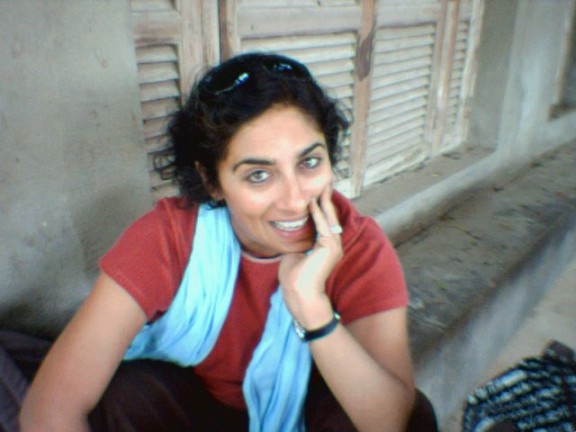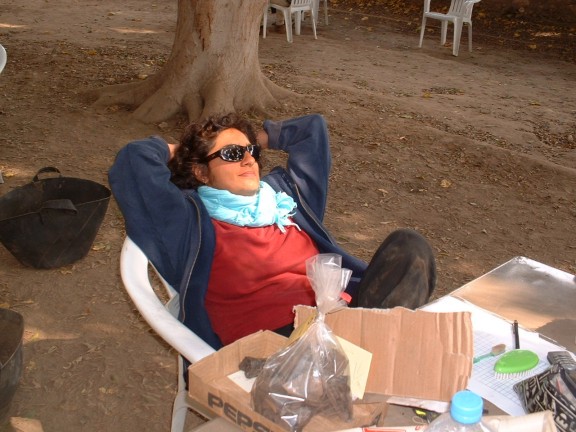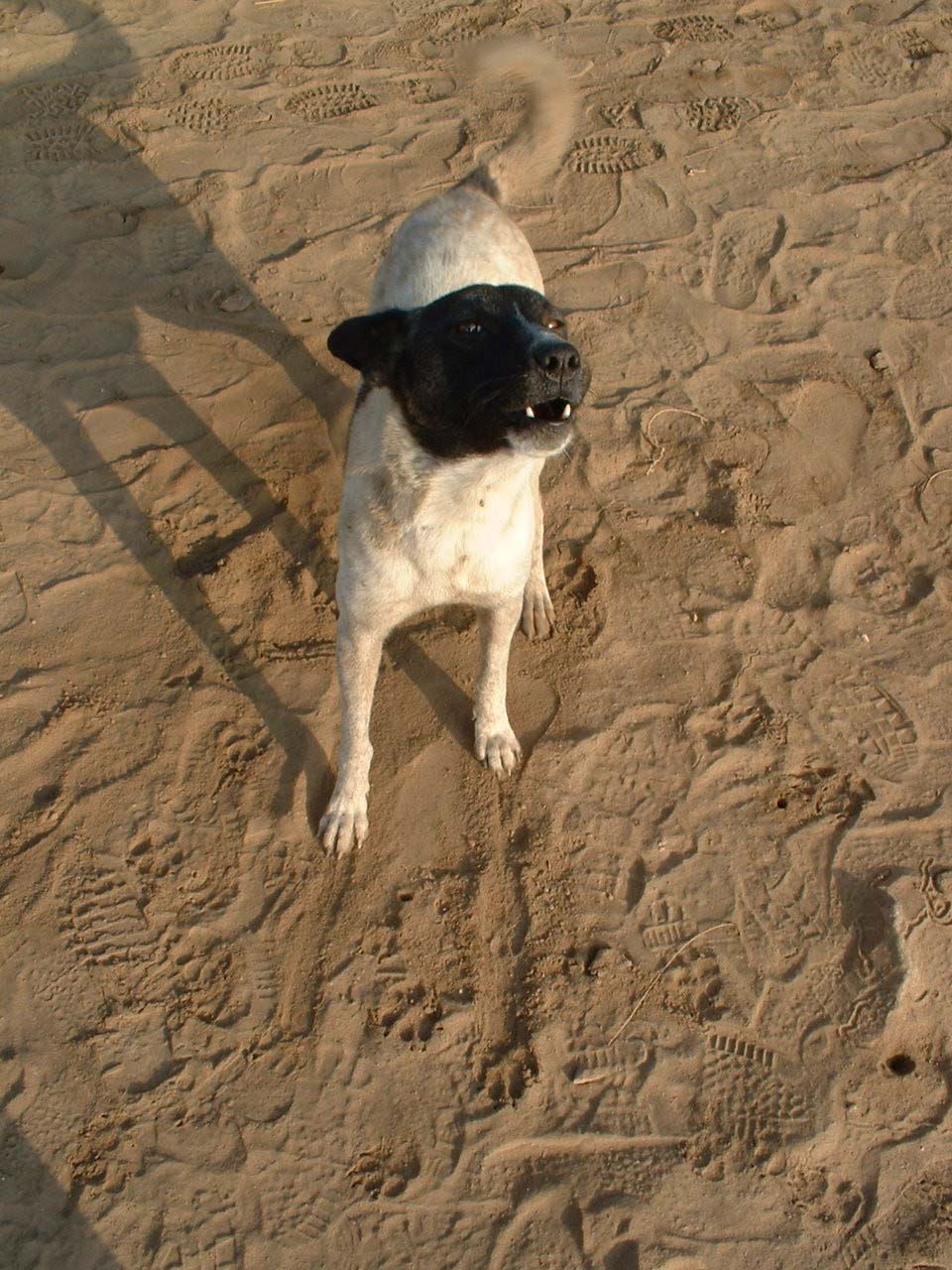ALTHOUGH PRACTICED BY other civilizations, mummification is most popularly associated with the ancient Egyptians. Our modern fascination with the mummy is only too apparent in the crowds that flock to the Egyptian Museum to gawp at the wizened remains of long dead pharaohs, or the enduring popularity of certain B-rate horror movies of which they are the spine-tingling focus.
Apparently the human mummy is only just part of the story, for not only did the ancient Egyptians also mummify their animals, they did so in industrial quantities. Animal cemeteries at places such as Tuna al-Gebel, Saqqara, Bubastis and numerous other sites have yielded animal mummies that number in the millions and yet have received relatively little attention. Divine Creatures Animal Mummies in Ancient Egypt, edited by American University in Cairo (AUC) Egyptology Professor Salima Ikram, does much to redress this imbalance though it remains, in the most positive sense, very much still a work in progress.
We here at ArchaeoBlog can readily testify that Dr. Ikram is indeed a delightful lecturer, and if this book reads anything like her personal style, it ought to be an excellent read. We've worked with Salima in the field and we swear that if her energy could be bottled up and sold, the Saudi royal family would be back to living in tents following herds of sheep within a month or two. She obviously loves her work, more importantly is good at it, and has that rare ability to be both entertaining and informative at the same time. Not to mention utterly charming and with a truly wicked sense of humor.
She also has a rather keen sense of what may be causing various bowel afflictions among furreigners in Egypt and what to do about them. This skill should not be underestimated.
Salima in the field:

Salima working very hard in the field:

Not Salima, but a cute picture of our site dog. Named him 'Pavarotti' because he didn't bark, he just whined like he was singing. Hit with the lady dogs, too:

Roman ‘dumping ground’ unearthed
Roman remains unearthed from the site of a former car park in Croydon have sparked speculation that other ancient artefacts could lay undiscovered close by.
Archaeologists say the Roman dumping ground' unearthed during an excavation of a former car park in Lower Coombe Street could be an indication of an occupied settlement nearby, which may be hidden under houses or businesses.
Americans Help Excavate the First Ever Academic Town of Iran
The ancient city of Jondi Shapur, the first ever Iranian academic town, will undergo a series of excavations by a joint team of American archaeologists from the Oriental Institute of the University of Chicago and Iranian experts.
Jondi Shapur is located in the southern province of Khuzestan and was a major academic town at the time of the Sassanid dynasty. When Islam entered Iran, many scholarly texts began to be translated from Pahlavi language into Arabic, transferring the Iranian knowledge to the Arab world.
Body found. . . again Indian Remains Unearthed At Tabernacle–Again
Crews doing seismic retrofitting of the Salt Lake Tabernacle of The Church of Jesus Christ of Latter-day Saints have unearthed remains believed to be those of an American Indian that were first found in the 1960s and then re-interred.
Church spokesman Scott Trotter said Tuesday that those remains dated back before the arrival of the Mormon pioneers in 1847.
``The bones were offered for reburial at that time to Native American tribes in the area, but because a tribal identification could not be made, they declined the offer,'' Trotter said. ``Under the direction of a Native American spiritual leader, the remains (at that time) were re-interred in a concrete vault where they were discovered.''
Finally, Thierry Benderitter sends us this web site alert:
There is now a new publication on OsirisNet: the 3D virtual visit of queen
Nefertari's tomb, one of the most beautiful in Egypt.
The URL in English: http://www.osirisnet.net/3d-tours/qv66/e_qv66-tour.htm
and in French: http://www.osirisnet.net/3d-tours/qv66/qv66-tour.htm